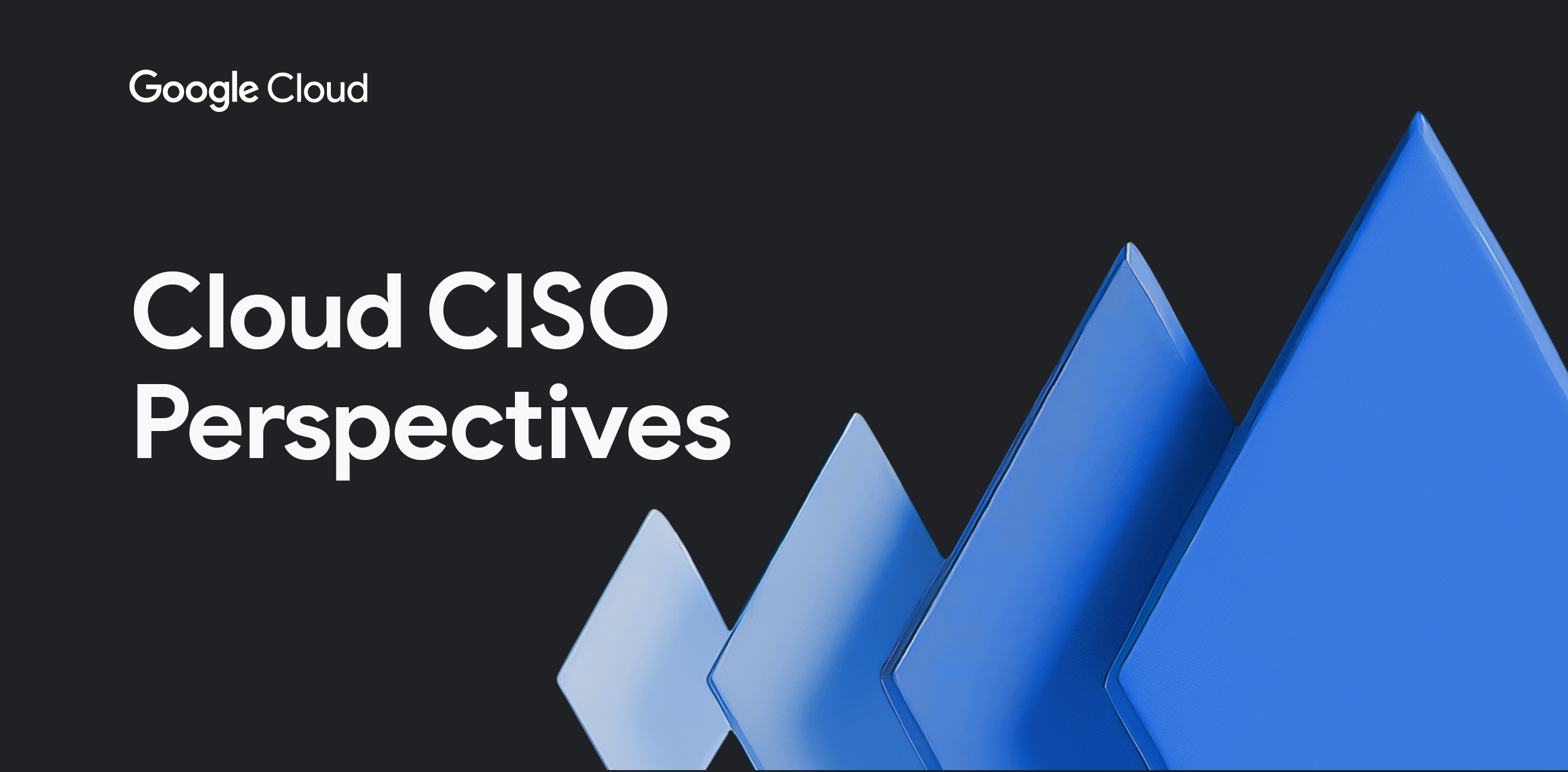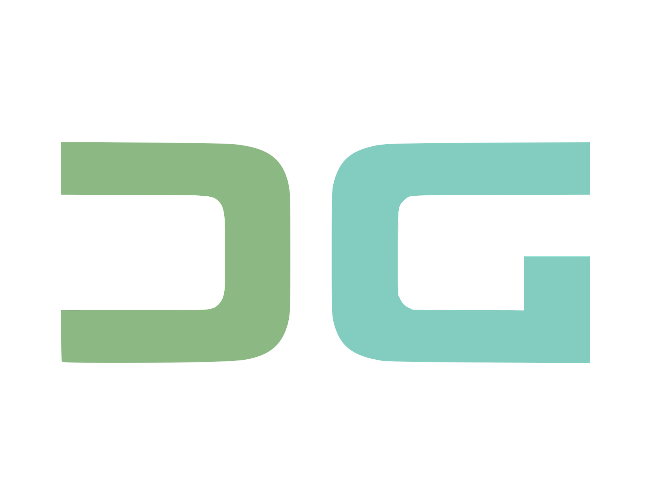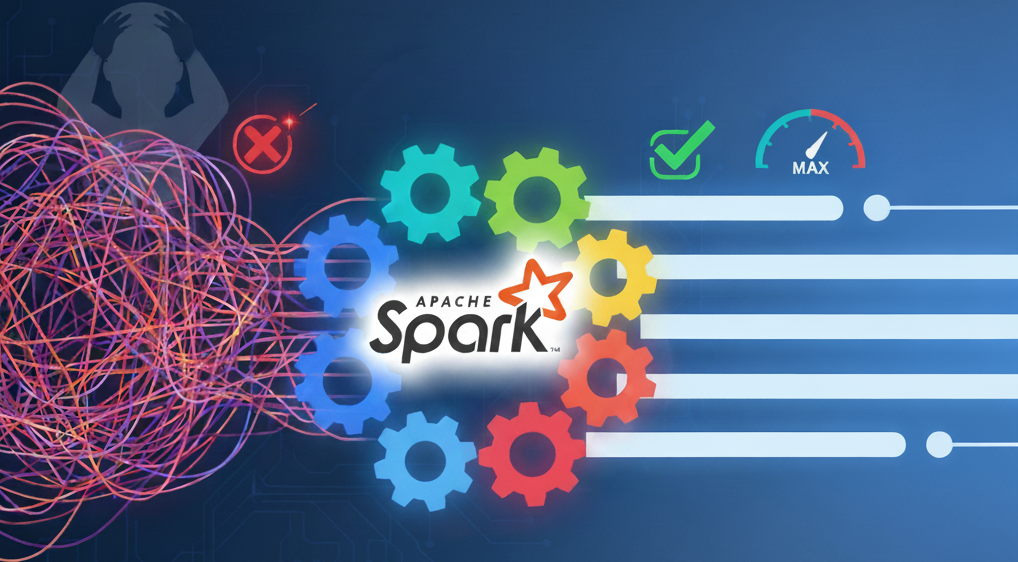
There is also a significant shortage of experienced specialists capable of effectively deploying, managing, and operating AI solutions. AI security solutions, for example, require specialized talent, ongoing training, and infrastructure investments.
While AI can automate many tasks, over-reliance on automated systems can diminish the critical role of human judgment and contextual understanding, leading to unfair or harmful outcomes when AI systems fail to account for nuanced or context-specific factors. Human decision-making authority should remain final in AI compliance.
Risk measurement and management with AI can also face an additional level of complexity when organizations rely on third-party suppliers for AI products and services. Differing metrics, lack of transparency, and less control over use cases can all impair the use of AI, so contingency processes for failures in third-party data and AI systems should be strongly considered.
Adopting comprehensive AI risk-management frameworks
Organizations can face fragmented risk oversight from a lack of alignment, so effective AI risk management should be integrated into broader enterprise risk-management strategies. Business and security leaders, and boards of directors, should be prepared to implement cultural changes as required.
Many organizations lack structured AI governance. To implement AI compliance and risk management properly, the legal, data governance, technical development, and cybersecurity teams should be brought together. Organizations need a structured, comprehensive approach.
At Google Cloud, part of our approach is to align AI risk management with the Secure AI Framework (SAIF), the NIST AI Risk Management Framework (AI RMF), and ISO 42001. Beyond NIST, organizations can integrate AI into existing enterprise risk-management frameworks including ISO 31000 and Committee of Sponsoring Organizations (COSO) to enhance their effectiveness by introducing automation, scalability, and near real-time capabilities.
Google Cloud’s approach to trustworthy AI
We also adhere to a holistic approach to AI risk management and compliance. We focus on several key areas:
- Innovating responsibly, guided by AI principles;
- Extending security best practices to AI-specific risks through SAIF (guidance here) and the Coalition for Secure AI (CoSAI);
- Employing an AI risk assessment methodology for identifying, assessing, and mitigating risks;
- Developing and using an automated, scalable, and evidence-based approach for auditing generative AI workloads;
- And emphasizing human oversight and collaboration in our risk assessments and governance councils.
Additionally, we use explainability tools to help understand and interpret AI predictions and evaluate potential bias; privacy-preserving technologies such as masking and tokenization and adhering to privacy laws; continuous monitoring and auditing for security vulnerabilities that AI might miss; investing in training programs to bridge the AI knowledge gap; and encouraging “interdisciplinary collaboration” between data scientists, risk analysts, and domain experts is also key.
AI is a transformative force, enabling unprecedented levels of proactive risk management, enhanced security, and streamlined compliance. The path forward requires a holistic, leadership-driven approach, spanning structured frameworks, ethical AI design, interdisciplinary collaboration, and continuous investments in talent and technology. Staying adaptable to evolving technologies and regulations is not just a competitive advantage; it’s an operational necessity.
For more guidance on using AI in risk management, please check out our CISO Insights hub.
Source Credit: https://cloud.google.com/blog/products/identity-security/cloud-ciso-perspectives-ai-strategic-imperative-to-manage-risk/




